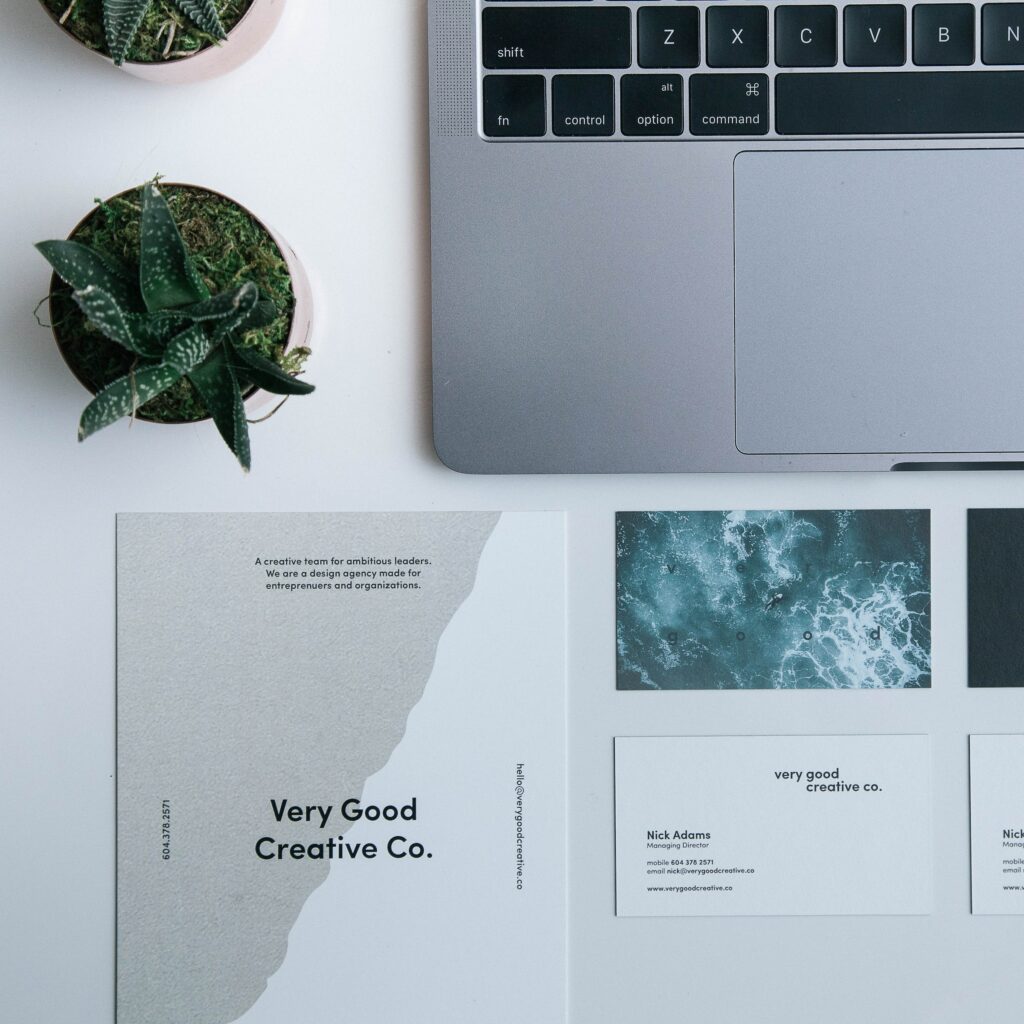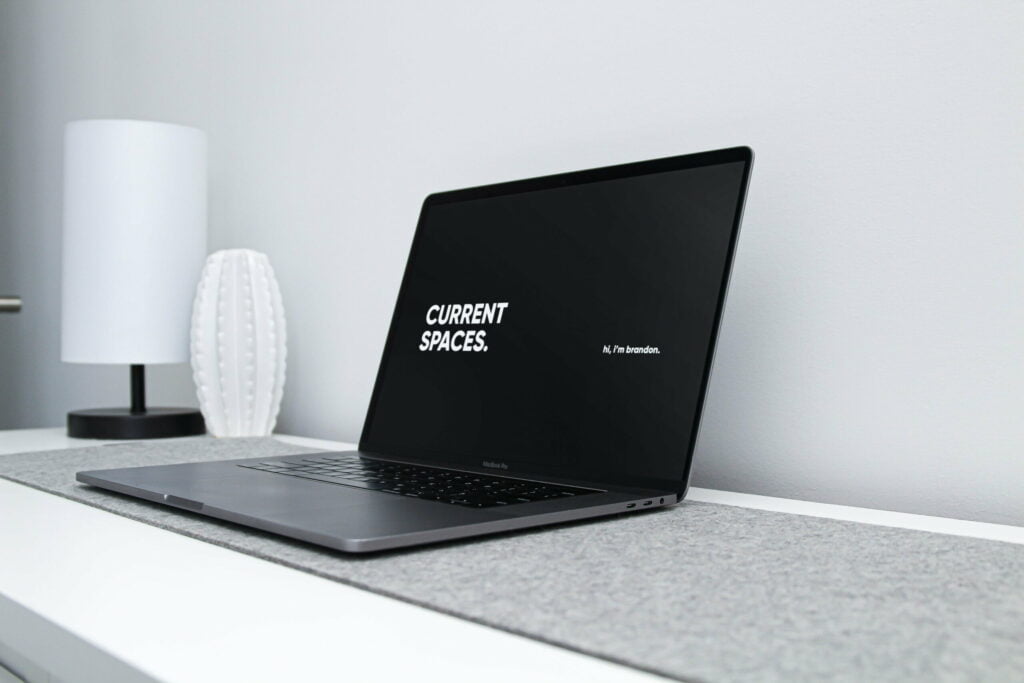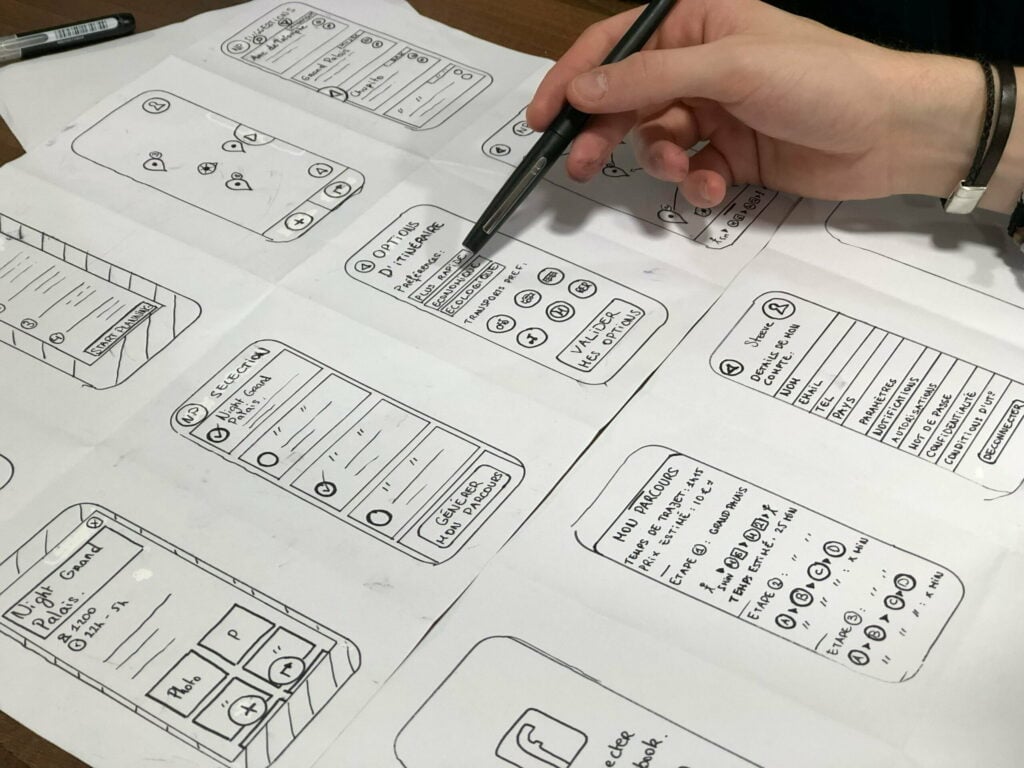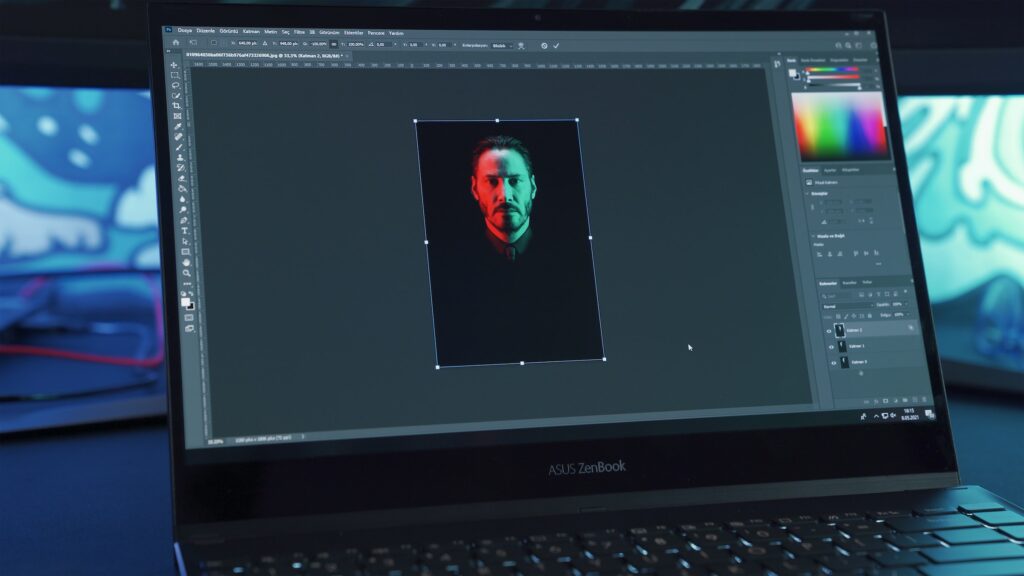So, you want to be a graphic designer? That’s cool. Designing stuff on a computer seems like a pretty sweet gig. You get to be creative all day and get paid for it.
But here’s the thing – most people have no freaking clue what graphic designers actually do. They just think you make cool posters and website layouts and stuff.
Well, my friend, it’s a bit more nuanced than that. Let me break it down for you and explain what does a graphic designer do.

What Does a Graphic Designer Do: The Day-to-Day
A graphic designer’s daily schedule can vary quite a bit depending on their role and the projects they are working on. But here are some of the main activities that tend to make up a designer’s day:
Check emails and messages:
Designers must keep up with communication from clients, team members, vendors, etc. They may need to respond to design feedback, provide project updates, answer questions, or handle other requests.
Meetings and calls:
Designers often meet with clients, creative directors, or other team members to discuss projects. This collaboration time is key. Meetings may involve brainstorming concepts, presenting initial ideas or final designs, answering questions, or gathering feedback.
Design research:
Before starting any new project, designers must research. It includes studying the client’s brand, products, customers, competitors, industry trends, and previous marketing materials. This context helps inform their design choices.
Concept development:
Once they have a solid understanding of the project background, designers start the creative process of developing design concepts. It involves sketching, brainstorming visuals, trying out layouts, selecting images, choosing colour schemes, etc. They go through many iterations to land on the best creative direction.
Refine designs:
After settling on a design direction, graphic designers refine and polish their work. It means perfecting the typography, graphics, spacing, alignment, colour usage, and other elements in their layouts. They may create multiple versions and drafts before finalizing a design.
Software work:
Most of a designer’s time is spent using programs like Photoshop, Illustrator, and InDesign to create and edit designs. It is where they bring their ideas to life digitally.
Collaborate and hand off:
Designers work closely with other teams, like developers and printers, to implement the designs. They may need to export files, review proofs, troubleshoot issues, and ensure designs are implemented properly across mediums.
Project management:
Designers have to juggle multiple projects and deadlines at once. Throughout the day, they must prioritize tasks, track progress, and ensure everything stays on schedule.
So, in summary, designers wear many hats! Their days involve a mix of creative work, collaboration, research, and project coordination. Time management and organization are critical to handle it all.
The Skills
To be a successful graphic designer, you need a diverse set of creative, technical, and interpersonal skills:
Visual design skills – This includes skills like:
- Colour theory expertise – understanding how colours evoke emotions and using palettes effectively.
- Typography knowledge – pairing fonts, sizes, and styles for maximum legibility and visual impact
- Composition skills – balancing elements and using space, proximity, and alignment to guide the viewer’s eye
- Style flexibility – adapting your aesthetic across different brands and design goals
Technical skills – Designers rely on tools like:
- Adobe Creative Cloud (Photoshop, Illustrator, InDesign) – industry standard design programs
- Sketch – a popular UI/UX design tool
- Basic HTML/CSS – for web design
- Photo editing and illustration
- Digital painting
- 3D modeling
- Animation
- Video editing
Drawing skills – Even with digital tools, hand drawing is key for:
- Quick ideation sketching
- Storyboarding layout concepts
- Perspective and proportions
- Refining details
Project management skills – Juggling multiple projects involves abilities like:
- Organization – tracking many moving parts efficiently
- Communication – coordinating with clients and team members
- Time management – meeting tight deadlines
- Resource allocation – balancing many tasks effectively
- Attention to detail – catching any errors
Business skills – Understanding goals like:
- Brand development
- Marketing strategy
- Advertising techniques
- Consumer insights
- Industry trends
Interpersonal skills – Working with stakeholders requires:
- Active listening
- Giving and receiving feedback
- Collaborating effectively
- Managing expectations
- Translating needs into design
The right blend of these talents allows graphic designers to manage the creative process from start to finish and deliver designs that exceed client expectations. Developing this diverse skill set takes time but is extremely rewarding!
By the Numbers
- The median pay for graphic designers in the US is $52,110 annually.
- Employment of graphic designers is projected to grow 3 percent from 2021 to 2031.
- Most graphic designers have a bachelor’s degree in graphic design or a related field.
Frequently Asked Questions:
What education do you need to be a graphic designer?
Most graphic design jobs require at least a bachelor’s degree in graphic design or a related field like visual arts. Some may require a master’s degree as well. Relevant coursework includes design principles, typography, colour theory, software training, etc.
What kinds of jobs can you get as a graphic designer?
Graphic designers work in various industries and roles, including marketing, publishing, web design, UI/UX design, packaging design, advertising, video editing, animation, and more. Popular job titles are visual designer, art director, creative director, and brand identity designer.
The Bottom Line
Graphic design is more than just making pretty pictures. Strategic visual communication requires creativity, technical competence, and business understanding.
So, if you’re up for that challenge, go for it! But don’t say I didn’t warn you that it takes more than an eye for nice fonts and colours. It’s real work.
But it’s pretty damn rewarding work if you ask me!




